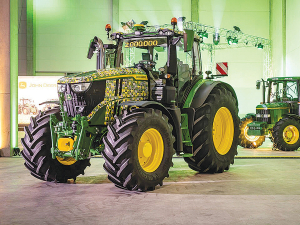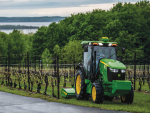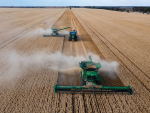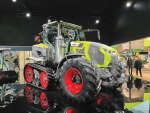Housing John Deere’s largest production facility outside of North America, the German Manheim plant, recently celebrated the milestone of producing its two millionth tractor.
Having taken 37 years to hit the one million mark, it has been a further 30 years to reach this latest milestone. An impressive achievement given that as average horsepower has increased, volumes and sales have declined in most of the major markets around the world during the last two decades.
Looking back over the Manheim story, in the early 1950s, John Deere was looking at expansion overseas, particularly in Europe. This initially fell at the first hurdle after plans to build a Scottish factory were stymied by a change in British government policy.
At around the same time, they were approached by a German banker trying to sell a near bankrupt company called Lanz. Despite its pre-war market share of 40% with its Bulldog model, the company was failing to keep up with more modern designs.
Undecided on the relative merits of establishing a new factory or buying an existing manufacturer, John Deere initially rejected the takeover offer in 1956, before a rethink saw it agree to buy Lanz in a deal that came with its factory at Manheim.
The deal also included Lanz’s stock of unsold tractors, which were subsequently painted in the well-known yellow and green livery and sold as John Deeres.
Now, all of John Deere’s mid-range tractors are built at Mannheim.
The two millionth example was a 6R 250, wrapped in portrait photos of more than 300 staff as a thank you gesture. The tractor was unveiled in the presence of John Deere chief executive John C. May and will eventually be given a place of honour in the factory museum next to the one millionth tractor – a JD 6400.
Currently, the plant is undergoing an $80m investment programme encompassing environmental technology to significantly reduce energy consumption and emissions, alongside reducing waste, including water, and a lowering of noise levels. In all, the plant currently employs 3300 staff and holds the title of the biggest tractor manufacturing plant in Europe.



















